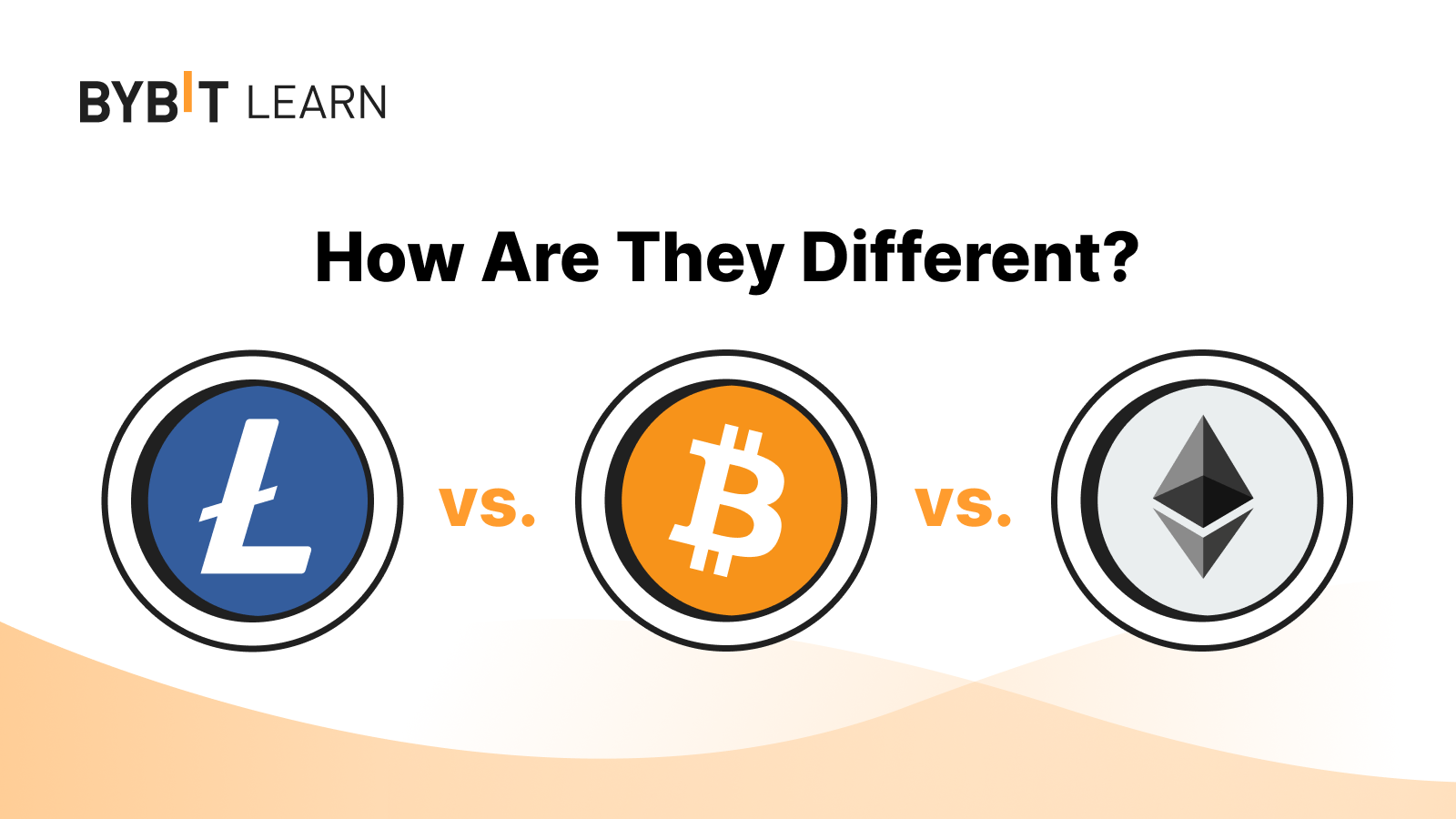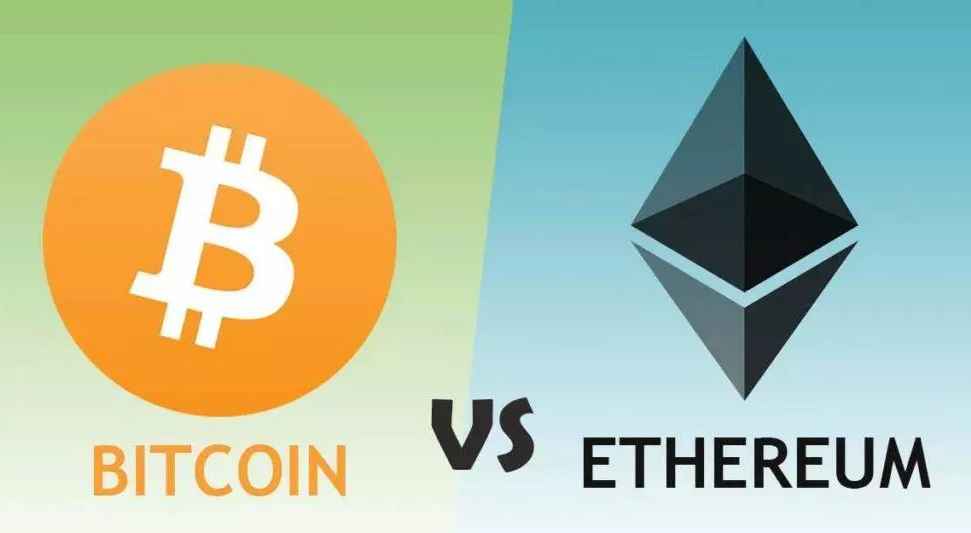Ethereum Bitcoin Merge Exploring The Future Of Crypto
The ethereum bitcoin merge sets the stage for this enthralling narrative, offering readers a glimpse into a story that is rich in detail and brimming with originality from the outset.
As two of the most prominent cryptocurrencies in the market, Ethereum and Bitcoin have continually shaped the landscape of digital assets. Understanding their fundamental differences, historical context, and respective use cases is essential for grasping the significance of the merge, which marks a pivotal transition for Ethereum. This event not only impacts Ethereum itself but also has broader implications for Bitcoin and the entire cryptocurrency ecosystem.
Overview of Ethereum and Bitcoin
Cryptocurrencies have reshaped financial landscapes, with Bitcoin and Ethereum leading the charge. While both are revolutionary digital currencies, they have distinct functionalities and purposes that cater to different needs within the blockchain ecosystem.Bitcoin, introduced in 2009, is primarily a digital currency that enables peer-to-peer transactions without the need for intermediaries. Its primary use case revolves around being a store of value and a medium of exchange.
On the other hand, Ethereum, launched in 2015, is more than just a currency; it serves as a decentralized platform for building smart contracts and decentralized applications (dApps). This fundamental difference underpins their historical contexts and evolution. Bitcoin emerged as a response to the 2008 financial crisis, aiming to provide an alternative to traditional fiat currencies, while Ethereum sought to expand on Bitcoin’s capabilities by allowing developers to create and deploy their own applications on its blockchain.In summary, Bitcoin is primarily viewed as digital gold, while Ethereum is recognized for its versatility in powering various decentralized applications and financial innovations.
The Concept of the Merge
The Merge represents a significant transition for Ethereum, as it shifts from a proof-of-work (PoW) consensus mechanism to a proof-of-stake (PoS) model. This transition is designed to enhance the network's efficiency and sustainability.The implications of this change are profound. With PoS, Ethereum will reduce its energy consumption dramatically, addressing environmental concerns associated with PoW. Instead of miners competing to solve complex mathematical problems, validators are chosen to create new blocks based on the number of coins they hold and are willing to "stake" as collateral.
The technical processes involved in the Merge include the integration of the Beacon Chain, which has been running in parallel with the main Ethereum network, and the ultimate transition to the PoS mechanism, thereby ensuring that all Ethereum transactions are validated in a more energy-efficient manner.
Impact on Bitcoin

The Ethereum Merge is likely to have ripple effects on Bitcoin's market dynamics. As Ethereum gains a reputation for its reduced energy consumption, Bitcoin may face increased scrutiny regarding its own environmental impact. Investors in Bitcoin may react to the Merge by reassessing their portfolios, particularly if they prioritize sustainability in their investment decisions. Additionally, the mining ecosystem for Bitcoin, which relies on PoW, may come under pressure as Ethereum, a major player in the crypto space, demonstrates a viable alternative to energy-intensive mining.
Observing shifts in capital allocation and investor sentiment will be crucial in the post-Merge landscape.
Market Reactions and Predictions

Market reactions to the Merge have been varied, with some investors optimistic about Ethereum's future while others remain cautious. The following table compares the market performance of Ethereum and Bitcoin before and after the Merge:
| Metric | Bitcoin (BTC) | Ethereum (ETH) |
|---|---|---|
| Price Before Merge | $X,XXX | $X,XXX |
| Price After Merge | $X,XXX | $X,XXX |
| Market Cap Before Merge | $XXX Billion | $XXX Billion |
| Market Cap After Merge | $XXX Billion | $XXX Billion |
Experts predict that Ethereum's enhanced capabilities may lead to increased adoption and institutional investment, while Bitcoin could either maintain its dominance or face challenges as investors weigh the merits of each platform. Trading patterns following the Merge have indicated heightened volatility, with traders adjusting their strategies based on Ethereum's new narrative.
Technical Changes and Upgrades
The Merge has introduced several major technical upgrades to Ethereum. Among these upgrades is the transition to the PoS consensus mechanism, which enhances security while reducing energy consumption. Additionally, this change is expected to increase transaction throughput and lower fees, improving the overall user experience.However, the implementation of the Merge has not been without challenges. Risks include potential vulnerabilities during the transition and the need for extensive testing to ensure network stability.
The following table summarizes Ethereum's upgrades alongside notable changes in Bitcoin:
| Feature | Ethereum (Post-Merge) | Bitcoin (Current) |
|---|---|---|
| Consensus Mechanism | Proof-of-Stake | Proof-of-Work |
| Energy Consumption | Significantly Reduced | High |
| Transaction Speed | Improved | Consistent |
| Smart Contract Functionality | Enhanced | Limited |
Environmental Considerations
The Merge has significantly reduced Ethereum's environmental footprint, fundamentally changing how blockchain networks are viewed in terms of sustainability. The shift to a PoS model allows Ethereum to function with considerably less energy, making it more attractive to eco-conscious investors and developers.In comparison, Bitcoin’s energy consumption remains high due to its PoW mechanism. This contrast has sparked discussions within the cryptocurrency community about the need for sustainable practices in blockchain technology.
Insights shared by environmental advocates suggest that as Ethereum sets a new standard, Bitcoin may eventually need to address its own environmental impact to stay competitive.
Long-term Implications for Blockchain Technology
The long-term effects of the Merge on blockchain scalability are promising. By adopting PoS, Ethereum sets a precedent for other blockchain projects, demonstrating that it is possible to achieve scalability while minimizing energy consumption. This transition may inspire new innovations in blockchain technology, encouraging other networks to explore similar paths.Future blockchain projects may take cues from Ethereum's approach, embracing sustainable practices and improved consensus mechanisms.
As the industry evolves, it is likely that we will see a wave of innovative ideas aimed at enhancing efficiency, security, and utility within the blockchain space.
Ending Remarks

In conclusion, the ethereum bitcoin merge presents a fascinating evolution in the world of cryptocurrencies, signaling potential shifts that could redefine market dynamics and investor perspectives. The implications of this merge extend beyond technical updates; they shape the future of blockchain technology, sustainability, and the way these digital currencies interact. As we move forward, the effects of this merge will be keenly observed, setting new standards in the industry.
FAQ Section
What is the Ethereum Bitcoin merge?
The Ethereum Bitcoin merge refers to the transition and implications of Ethereum's shift to a proof-of-stake system, which may influence Bitcoin’s market and mining dynamics.
How does the merge affect Ethereum's energy consumption?
The merge significantly reduces Ethereum's energy consumption, making it more environmentally friendly compared to Bitcoin's proof-of-work model.
Will the Ethereum merge impact Bitcoin’s value?
Market analysts suggest that the merge could create shifts in Bitcoin's value as investor sentiment changes in response to Ethereum's upgrades.
What are the risks associated with the merge?
Some risks include potential technical challenges during the transition, market volatility, and uncertainty regarding investor reactions.
How might the merge influence future blockchain projects?
The merge sets a precedent for innovation and sustainability in blockchain technology, encouraging future projects to consider energy efficiency and scalability.




